The idea of living to 100 years old may not sound appealing mainly due to assumptions about quality of life at that age. However, centenarians by the sheer fact that they have made it that long typically have maintained a high quality of life. Dan Buettner has done extensive research into the lives of centenarians, in particular regarding four areas of the planet that have extremely high rates of people living past 100 years old – which he has called “blue zones.”
Below you will find lessons we can learn from the Sardinians. Of the four groups the Sardinians are the only group in which the men and women make it to the century mark in a 1:1 ratio. In the other three groups the ratio is in favor 9:1 for the females. So we should all listen up, especially the men!
1. Eat a lean, plant based diet accented with meat.
The classic Sardinian diet includes whole grain bread, beans, tomatoes, greens, fennel, garlic, onions, a variety of fruits and olive oil. Surprisingly, Sardinians consume quite a bit of cheese – typically thought of as an unhealthy dairy choice – and their cheese of choice is Pecorino, a sheep’s milk cheese. Pecorino is special because the sheep feed on a diversity of grasses producing a cheese high in omega-3 fatty acids. A diet high in omega-3 fatty acids is a key component to reducing systemic inflammation (the precursor to heart disease, cancers, diabetes, auto-immune diseases and dementia). Meat is enjoyed, but is typically reserved for Sundays and celebrations.
2. Family First
The Sardinians have an intense commitment to family and family values, and often gather as extended families for daily lunch. These family values and habits result in extremely low rates of depression, suicide, divorce and stress.
3. Love your Goat
Sardinians also drink goat’s milk. Because goats are also grass-fed, goat’s milk contains components that protect against inflammatory diseases. Goat’s milk is also easier than cow’s milk for humans to digest – often even for those who are lactose intolerant. Even if you do not drink goat’s milk, goat cheese is a good substitute and very similar in taste and texture to cream cheese.
4. Celebrate Elders
Families make certain that every member of the family is cared for, from the youngest to oldest. The idea of assisted living is foreign to Sardinians, and grandparents are kept close by to provide love, childcare, financial help and wisdom. In this culture, the expectations of grandparents and even great-grandparents are great motivators to younger generations, perpetuating traditions of culture and pushing children to live good lives – adding up to healthier, better adjusted children who also live long and healthy lives.
5. Take a Walk
Sardinian men for the most part live as shepherds, typically walking five miles a day. The daily low-impact cardiovascular exercise, free of pounding the joints, builds healthy hearts, bones and joints.
6. Drink a Glass of Red Wine Daily (Maybe Even Two)
Cannonau wine is organic and free of sulfites – as well as having two to three times the artery-scrubbing flavonoids of other wines. This is due, in part, to a grape with thick, dark purple skin built to withstand the island weather. Scientific research has indicated that moderate red wine consumption can benefit heart health.
7. Laugh with Friends
Each day in the late afternoon following a great meal, the men gather in the streets to enjoy each other’s company talking and often to play a few games of cards. For the men much of the morning time work is solitary. The women work in community in regards to household chores and preparing meals. These breaks and communal living habits reduce stress.
I doubt that anyone reading this article can reproduce this lifestyle; however, the concepts can be reproduced. We can eat a whole foods diet focused on plants first, pecorino and goat cheese, and a glass of Cannonau or any other sulfite free red wine. We can take time in the afternoon to stop for twenty minutes or half an hour with others in our office to talk, play a game of cards and snack. It will make you more productive – not less. The Sardinian exercise is lower impact with a lot of walking but it is also a lot of bending at the ankles, knees, hips and low back as garden work, wood chopping and house chores are completed. Workouts can mimic this and even taking a 5 minute break each hour of the day to move and bend will maintain a functional body. Develop your own traditions and habits that cause the overlap with friends and family and a good laugh.
For more information check out the Blue Zones website.

